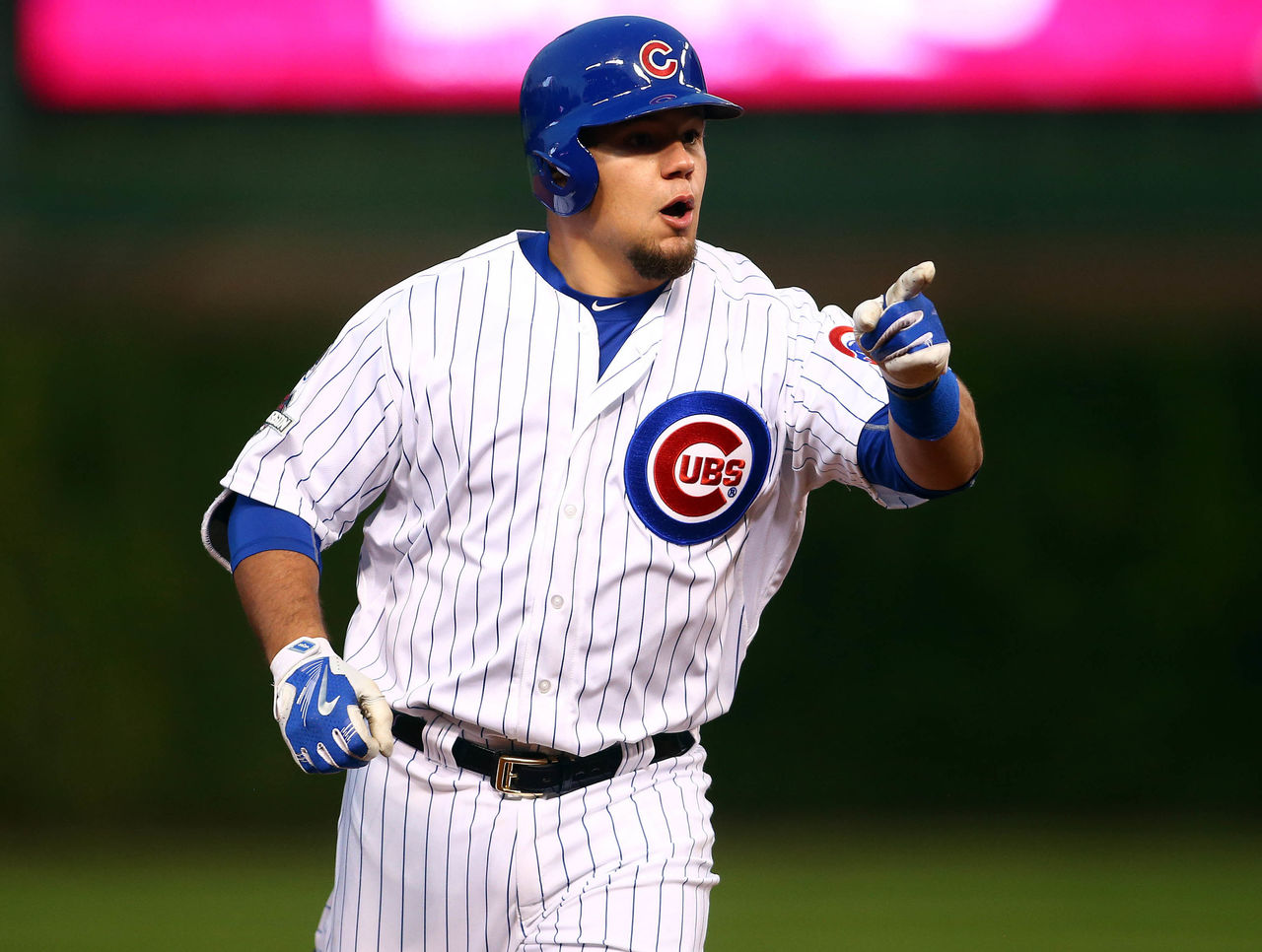How to Smartly Spend Your Fantasy Baseball FAAB
Hoping for a FAAB-ulous fantasy baseball result this season? Look no further.
While the majority of fantasy leagues allow owners to freely acquire players using the free-agent or waiver wire, some commissioners opt instead to use a FAAB, or "Free Agent Acquisition Budget." Each owner is given the same amount of money at the beginning of the season, and must use it to bid on free agents rather than simply being able to pick them up for nothing.
FAABs provide an extra layer of strategy; rather than simply having a waiver or free-agent priority list - thereby taking owners with low priority out of the running for specific players - each participant has a shot at whatever player he or she wants, depending on the willingness to spend up.
It also requires an extra layer of team management; hold on too tightly to your FAAB, and you might miss out on a top-level free agent. Spend it too early in the year, and you're left banking on successful zero-dollar bids for the final weeks of the season.
Here are some simple tips that will help you not only manage your budget throughout the season, but also make sure every dollar is spent wisely:

Multi-Position Eligibility = Money Well Spent
Like most fantasy sports, baseball is a game of attrition. Owners rotate players in and out of the lineup on a daily basis due to injuries, days off, matchups and a host of other factors.
Adding the most talented players is obviously the strongest approach to the waiver wire, but when trying to decide between two similarly-skilled players, always opt for the one with multi-position eligibility. These players can fill a variety of roles depending on which holes you may have on a given day, making them incredibly valuable in most league types.
Place a premium on these players, and be willing to spend a little more of your FAAB to land them. There's no substitute for a player who can slot into multiple positions on your roster, giving you the kind of flexibility needed to succeed in a long fantasy season.

Spend for Saves
All those strategy articles trumpeting the benefit of bypassing closers at the draft in favor of depth across your roster? They're written with this in mind. If there's any time to get generous with your FAAB, it's when an undrafted reliever becomes his team's ninth-inning option.
Be aggressive in paying for saves, even if the pitcher in question will only hold the role for a few weeks. You're adding to a category of weakness without having to surrender anything of value from your existing roster - something that should only be done if you're absolutely desperate for saves.
Beware, however, the dreaded "closer by committee" situation. Stick with relievers who are assured a full-time role for however long the incumbent is out; otherwise, you could be spending valuable free-agent bucks on a guy who doesn't return any value at all.

Save for Later in League-Specific Formats
The MLB trade deadline is of particular interest to owners in AL- and NL-only leagues, who clamor for stars that have been dealt from one league to the other. These are the kinds of players who can instantly swing a team's fortunes, so it's no surprise they generate huge FAAB bids.
It's critical to save a good portion of your FAAB for the trade deadline, in case a big name is dealt. It's a risky proposition, for sure, but there are few things worse in league-specific fantasy baseball than to lose out on a potential stud - especially if one of your main competitors ends up with him.
That said, this only applies if you have a solid team from the outset and have the ability to save your FAAB while remaining competitive. If you need to use your budget earlier to stay in the race, you likely won't have enough left over to make a splash at the trade deadline - and that's okay.

Buy and Stash Prospects
If you have the bench room, you should consider using a small portion of your FAAB to acquire prospects with decent chances at reaching the major-league level at some point during the season.
Most owners don't have the stomach to draft players who may not even play in the bigs that season. But scouring the waiver wire for the game's top non-MLB prospects is a worthwhile exercise - just ask anyone who landed Chicago Cubs homer machine Kyle Schwarber last season.
Even if you wind up with a well-rounded team, it may be worth tossing a few bucks at a prospect you can use in a trade later in the year.